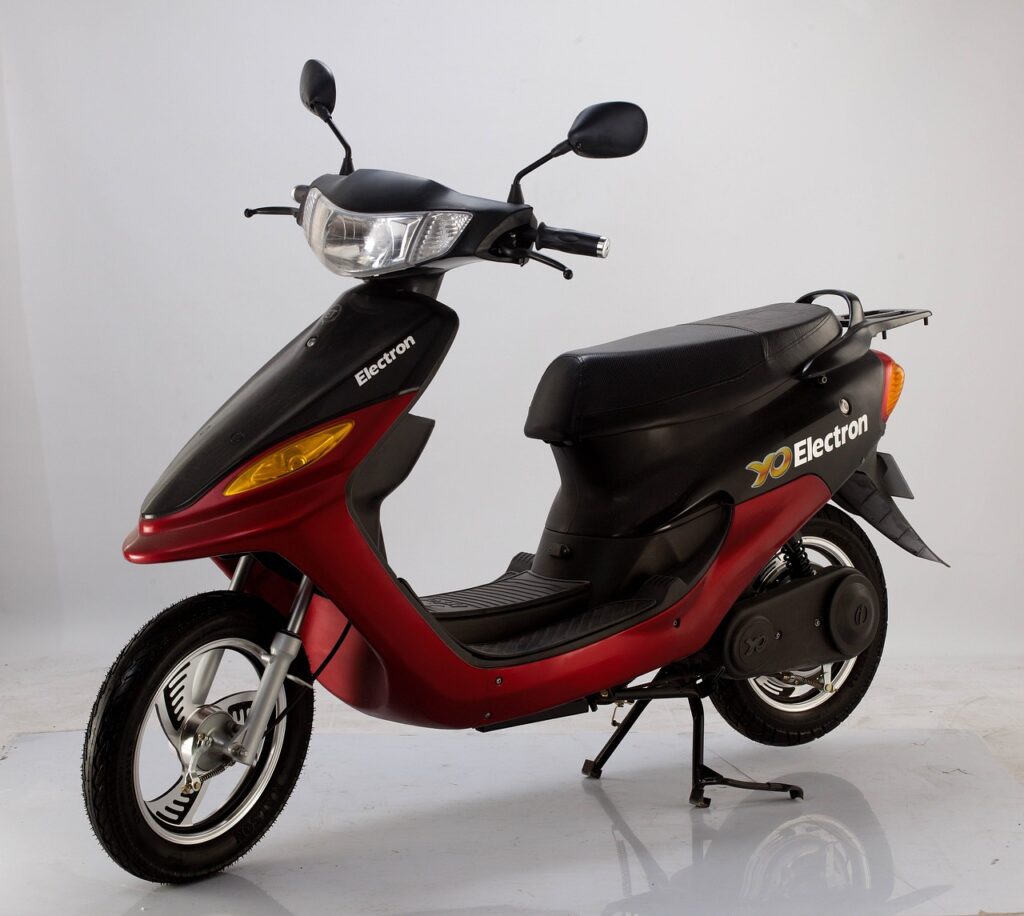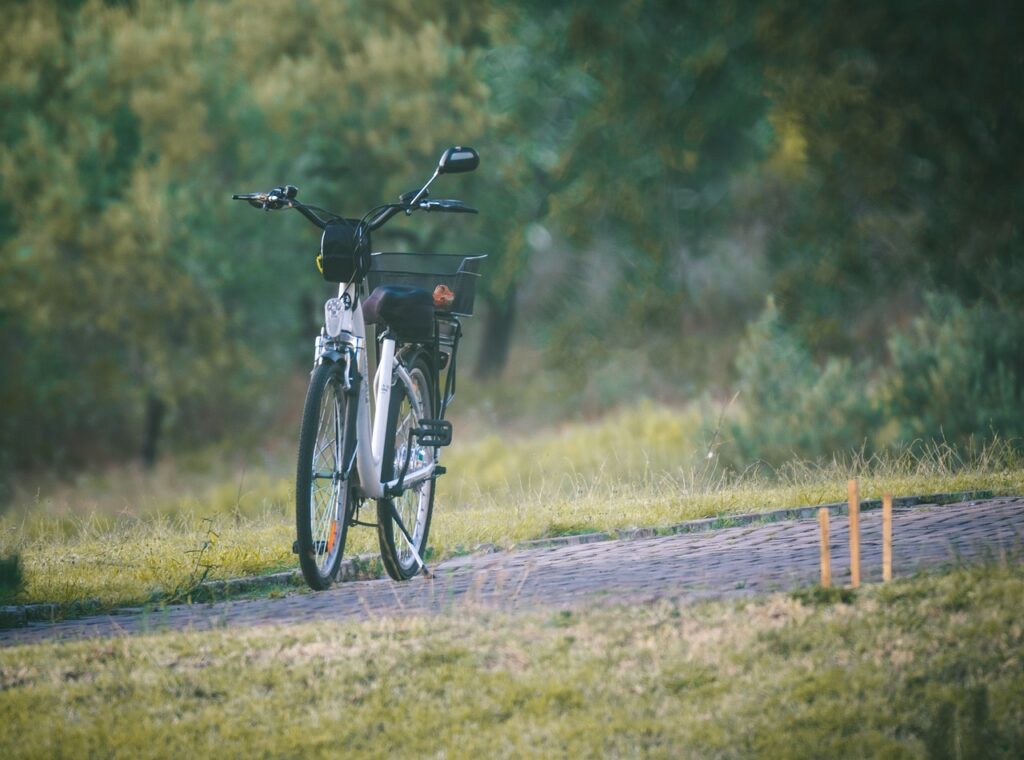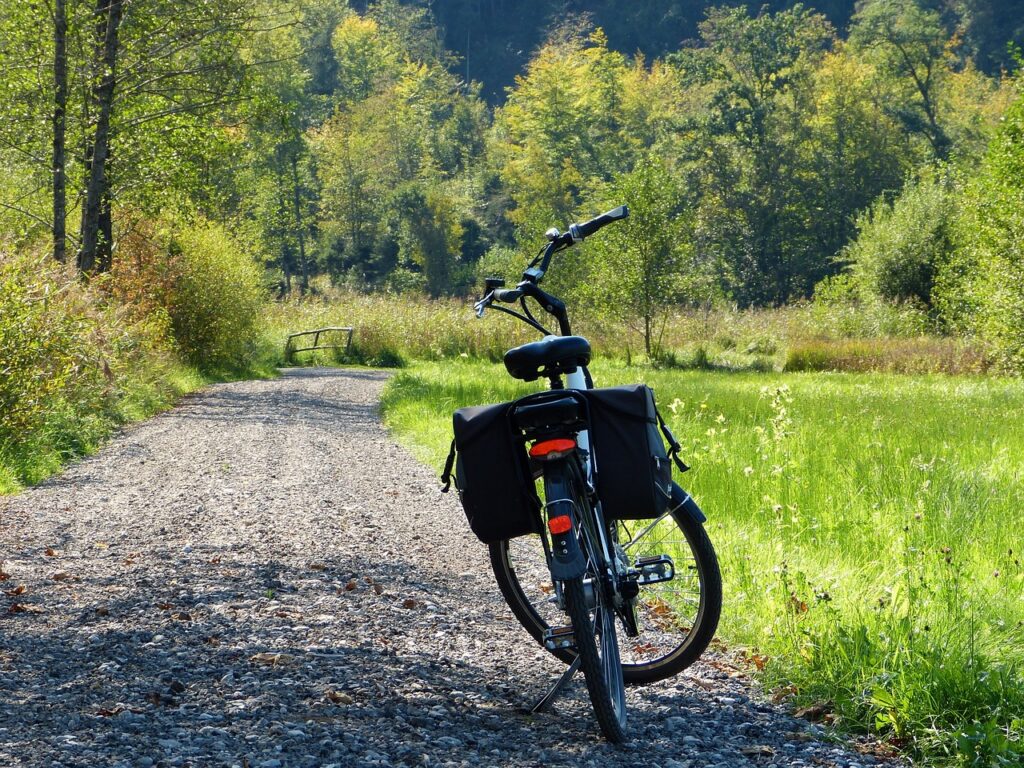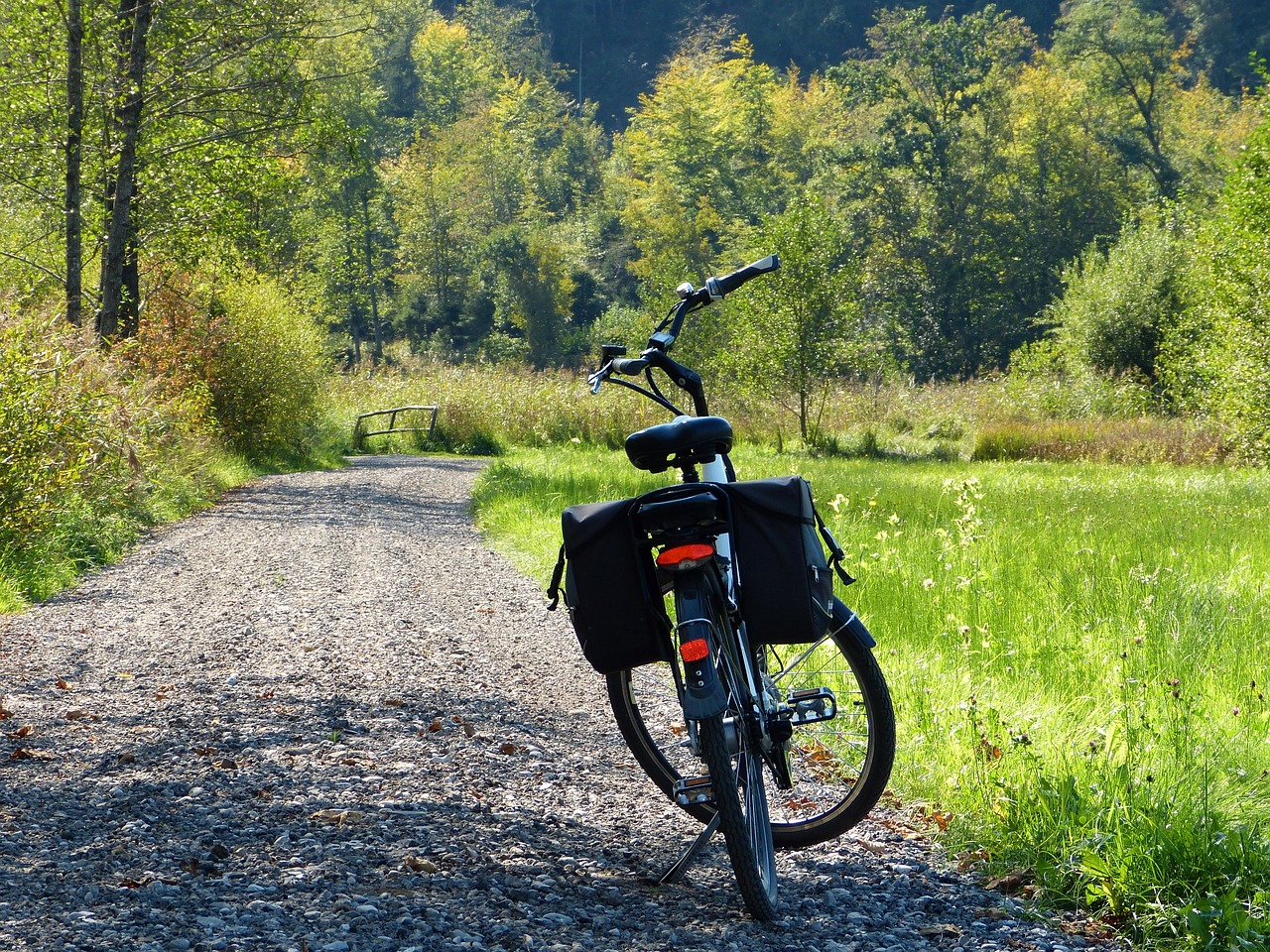Embarking on the journey of choosing an E-bike can be both thrilling and overwhelming. This article connects you directly to the insights you need to make an informed decision, focusing on the novice-friendly elements that are ideal for outdoor and off-road activities, such as trail riding and camping. From breaking down common questions about E-bikes that beginners often wonder, to expert advice on selecting the right E-bike that suits your needs and adventure spirit, you will be thoroughly guided through this informative contents. Let’s begin your E-biking journey confidently!
Understanding E-Bike Basics
Choosing the perfect e-bike can be a fun yet challenging task given the numerous options available in the market. It’s an investment that needs careful consideration and pertinent knowledge. The first step in this journey is understanding the basics of an e-bike.
What is an E-Bike?
An e-bike, short for electric bike, is a bicycle fitted with a battery-powered system designed to supplement your pedaling. It gives maximum results with minimal effort, which is why they’ve become increasingly popular among commuters and outdoor adventure enthusiasts. Whether you’re biking uphill or on a flat surface, an e-bike will ensure an easy, efficient, and enjoyable ride.
Types of E-Bikes: Mountain, Road, Hybrid, etc.
E-bikes come in various types that cater to different riding styles and terrains. Mountain e-bikes feature robust frames and tires inspired by the rugged terrains they conquer. Road e-bikes, on the other hand, are designed for speed and are great for smooth, paved surfaces. The Hybrid e-bikes combine the best of both mountain and road bikes, providing versatile choices for various terrains. There are also specialty e-bikes designed for specific uses like cargo or folding e-bikes.
Key Components: Battery, Motor, Controller
The three essential components on any e-bike are the battery, motor, and controller. The battery provides power, with a higher capacity battery offering longer rides. The motor delivers speed, with options ranging from hub motor to mid-drive motor. The controller, usually located on the handlebars, adjusts the power output and controls the e-bike’s speed.
Importance of Intended Use
While aesthetics play a role in choosing an e-bike, the most crucial consideration is your intended use. Different scenarios require different e-bike features.
Commuting
If you’re buying an e-bike for commuting, consider a lightweight model with good battery life. A high-speed e-bike may be more suitable for urban riding and congestion. Some e-bikes come with racks for carrying bags, which is a handy feature for commuters.
Trails and Off-Roading
For off-roading, you might want to consider a durable mountain e-bike with a robust motor that can power through steep hills and rough terrains. These e-bikes often come with thick knobby tires for better traction and advanced suspension for optimal comfort and control.
Grocery Shopping or Errands
A cargo e-bike can be a game-changer for grocery shopping or running errands. These e-bikes have generous cargo space and a sturdy build to carry heavy loads without compromising stability or easy maneuverability.
Long Distance Traveling
For long-distance traveling, consider an e-bike with an extensive battery range and comfortable seating. Some models also allow for additional battery packs to be installed to increase your travel range further.

This image is property of pixabay.com.
Considering Your Budget
E-bikes can significantly vary in price based on their features, durability, and performance. That’s why it’s essential to set your budget before shopping for one.
Price Range of E-Bikes
Typically, you can expect to spend anything from a few hundred dollars to over $10,000 depending on what you’re looking for in an e-bike. The price usually reflects the quality of components used, the power of the motor, and the design aesthetics.
Cost of Accessories and Maintenance
Over and above the initial purchase price, there are running costs to consider such as maintenance, repair, and replacement of parts. Additionally, consider necessary accessories like helmets, lights, and bike locks which can add to the total cost.
Potential for Financing or Payment Plans
If the upfront cost of an e-bike is too hefty, several manufacturers and retailers offer financing or payment plans that can make your dream e-bike more affordable over time.
Evaluating Motor Types
There are mainly two types of e-bike motors to consider: The hub motor, which is located in one of the wheels, and the mid-drive motor, which is located at the bike’s center.
Hub Motor
Hub motors are relatively inexpensive, easy to maintain, and provide enough power for most riders. They are best suited for flat terrains and lighter loads.
Mid-Drive Motor
Mid-drive motors, on the other hand, are positioned in the middle of the bike, which provides better balance and weight distribution. They offer superior torque and control, making them excellent for steep hills and heavy loads but can be more costly and complex to maintain.
Pros and Cons of Each Motor Type
While hub motors are cost-effective and versatile, they can struggle with steep inclines and heavy loads. Mid-drive motors excel in performance and efficiency, but you might need to dig deeper into your pockets for one and prepare for potentially higher maintenance costs.

This image is property of pixabay.com.
Battery and Range Considerations
One of the significant decisions when buying an e-bike is the battery capacity and range that it provides.
Average Distance you Will Be Riding
Think about how far you usually expect to ride. If you’re using your e-bike for short daily commutes, a lower capacity battery might suffice. However, for long-distance rides or multi-day adventures, a higher capacity battery would be more suitable.
Battery Capacity and E-Bike Range
The capacity of an e-bike’s battery, often measured in watt-hours (Wh), determines its range. The larger the capacity, the longer the range, and the less frequently you’ll need to charge it.
Replacement Battery Costs
Batteries are consumable parts that you will eventually need to replace. Keep in mind that this can be a significant expense down the line, so it’s worth inquiring about the cost and availability of spare batteries for the e-bike model you’re considering.
Charging Time
The time it takes to fully charge an e-bike battery can vary from 2 to 6 hours, depending on the charger and battery capacity. Keep this in mind if you plan on using your e-bike frequently or for long distances.
Assessing the Frame and Bike Size
The frame and size of an e-bike can significantly influence comfort, stability, and ease of use.
Understanding bike frame structures
E-bike frames come in various styles, including step-through frames that allow easy mounting and dismounting, or traditional diamond frames that provide more rigidity.
Determining the Right Size for Your Height and Comfort
It’s essential to choose a bike size that matches your height and body structure for a comfortable riding experience. E-bike manufacturers often provide size charts to help you find the perfect fit.
Materials: Aluminum vs Steel vs Carbon
E-bike frames are typically made from aluminum, steel, or carbon. Aluminum frames are lightweight and affordable, but might not provide the smoothest ride. Steel frames offer a more comfortable ride but can be heavier and prone to rust. Carbon frames are extremely light and strong, but also the most expensive.

This image is property of pixabay.com.
Checking Safety Features
Safety should be a topmost priority when selecting an e-bike.
Braking Systems
There are several braking systems used in e-bikes. Disc brakes deliver powerful and consistent braking in all conditions. Rim brakes are less expensive and easier to observe wear and replace, but they gradually wear out the wheel rim.
Front and Rear Lights
Ensure the e-bike you’re interested in is equipped with bright, visible front and rear lights for clear visibility, especially when riding at dusk or dawn.
Reflectors and Bells
Reflectors are crucial for making you more visible to other road users. Bells or horns can be a great addition for city riding where you’ll need to signal your presence to pedestrians and other cyclists.
Comfort and Ergonomics
An e-bike should be comfortable and ergonomic to cater to your unique needs and physique.
Seat Comfort
The bike seat greatly affects your overall comfort during rides. Some e-bikes feature padded seats or suspension seat posts for added comfort, especially during longer rides.
Handlebar Type and Position
The type and position of the handlebars affect your riding posture and comfort. Some handlebars can be adjusted for a more upright or sporty riding position.
Pedal Type: Clipless or Platform
The choice between clipless pedals and platform pedals depends on your riding preference. Clipless pedals offer better efficiency and control, but they require cycling-specific shoes. In contrast, platform pedals let you ride in any shoes but may not provide the same level of control.
Exploring Additional Features
Beyond the basics, numerous additional features can enhance your e-biking experience.
On-Board Computer / Display
Many e-bikes come with an onboard computer or display showing vital information like battery level, speed, and the distance covered. Some even offer integrated smartphone connectivity for seamless control and navigation.
Integrated GPS
An integrated GPS system is an excellent feature for frequent explorers. It can help guide your way, track your rides and even find your lost e-bike.
Extra Battery Pack for extended range
Some e-bikes allow the addition of extra battery packs to increase your bike’s range, making this a great feature if you’re planning on long-distance rides or multi-day adventures.
Test Riding
Nothing beats the experience of Test riding an e-bike to ensure it’s the right fit for you.
Importance of Test Riding an E-Bike
Test riding gives you a real-life feel of the comfort, handling, and overall experience of the e-bike. It’ll help you assess whether the e-bike meets your needs and expectations before making the purchase.
What to Look for During a Test Ride
During the test ride, pay attention to the bike’s acceleration, braking efficiency, and ease of control. Notice how comfortable the saddle and handlebars are, and assess the weight and balance of the bike. Remember to check the ease of operating on-board controls and the smoothness of gear shifting if your chosen bike has these features.
Selecting an e-bike is not just about speed and distance; it’s about embracing a lifestyle that combines freedom, fun, and sustainability. By exploring these considerations, you can narrow down your choices, ensuring that your chosen e-bike is the perfect match for your needs and lifestyle. Happy e-biking!

